It is rather annoying when the battery of the device loses charge at crucial times. This happens at times when you are traveling, working from remote locations or even during your normal day to day activities. It is for this reason that the modern day smartphone user needs to have a Portable Charger which has as become essential as any other accessory. The problem lies in identifying the right one though
The market offers countless options for power banks. You need to think about several things to find the best one for your iPhone or Android device. The charging capacity matters. Speed is important too. Size and compatibility will affect your choice. All these features play a vital role in finding the perfect portable battery pack that will give a steady power supply throughout your day.
Understanding Power Bank Specifications
The capacity, expressed in milliamp hours (mAh) is the most important figure. Today’s smartphones have battery capacity less than 4,000mAh. It’s capable of charging most smartphones to 100% capacity at least twice.10,000mAh power bank.

Power banks come with different charging standards that control your devices' charging speed. These are the two main standards:
1 · USB Power Delivery (PD): Supports up to 100W power supply and works with phones, tablets, and laptops of all types
2 · Quick Charge (QC): Made for Android devices with Snapdragon chips, this offers charging speeds up to 50% in just 5 minutes
On top of that, power banks come with different port types. USB-A ports are common but give slower charging speeds of 7.5W. USB-C ports with Power Delivery can deliver substantially higher power outputs, which makes them perfect for fast charging compatible devices.
Pass-through charging lets your power bank charge devices while it recharges itself - a feature worth thinking over. The actual charging capacity you'll get is nowhere near what's advertised. Experts advise you to subtract about 40% of the stated capacity to be on the mark of the actual one.
If you require more than one charge for your smartphone then your power bank should have a minimum of 10,000mAh of capacity. The lineup has capacity options that match what you need.
Essential Features for iPhone Users

iPhone users need to look at specific features when choosing a power bank. Since the iPhone 12, MagSafe technology has transformed portable charging and delivers for certified accessories.
Your iPhone model determines its charging capabilities. MagSafe-compatible iPhones need these key features:
1 · Wireless charging certification (MagSafe or Qi2)
2 · Built-in cable options (Lightning or USB-C)
3 · Pass-through charging capability
4 · Case compatibility
5 · Safety certifications
You should look beyond simple charging and get power banks with fast-charging features. MagSafe-certified chargers give you 15W charging speeds. Standard wireless options max out at 7.5W. The lineup has several fast-charging options.
USB-C compatibility is crucial if you use an iPhone 15 or newer. Lightning cable support still matters for older iPhone models. Power banks with built-in cables work great when you travel.
Safety comes first. Quality power banks protect against overcharging and overheating. Pass-through technology lets you charge your iPhone and power bank at the same time with speeds up to 18W.
Android Power Bank Requirements

Choosing a power bank for your Android device needs you to understand specific charging technologies and how they work together. We found that your Android phone likely works with Quick Charge (QC) or USB Power Delivery (PD) protocols. Some newer models support both.
Your power bank needs these key features to charge well:
1.USB-C Power Delivery support up to 45W for Samsung Galaxy devices
2.Smart charging capability with automatic device detection
3.Multiple port options (USB-A and USB-C)
4.Protection against overcurrent and short circuits
Your power bank should match your Android device's fast-charging abilities. Most modern Android phones need at least 18W for quick charging. Flagship Samsung models can use up to 45W with PPS (Programmable Power Supply) support.
Quality power banks give you over 90% power conversion rate. The collection has various models that work best with Android devices and different charging protocols.
Dual-port power banks let you charge multiple devices at once. A typical setup has a USB-C port that delivers up to 20W and a USB-A port with 18W output. This means you can power both your phone and accessories like wireless earbuds together.
The best choice would be a power bank that supports both QC and PD standards. Such versatility means your portable charger will work well with current and future Android devices, plus any other USB-powered gadgets you own.
Conclusion
Your device and charging needs play a big role in picking the right power bank. A good power bank needs enough capacity, proper charging speeds, and built-in safety features that work with your smartphone.
Raw capacity numbers don't tell the whole story. You should think over charging efficiency and supported protocols first. Your iPhone or Android device will charge faster with USB-PD and Quick Charge support. MagSafe compatibility makes newer iPhone charging easier.
Safety features matter a lot in portable chargers. The best ones protect against overcharging, short circuits, and heat buildup. Pass-through charging makes everyday use more convenient.
Getting a good power bank is simple. The has portable chargers that work great with both iPhone and Android devices. These Power banks blend capacity, speed, and safety features perfectly to keep your devices running all day.
Related reading:
What is a USB PD Charger? Key Features and Benefits Explained
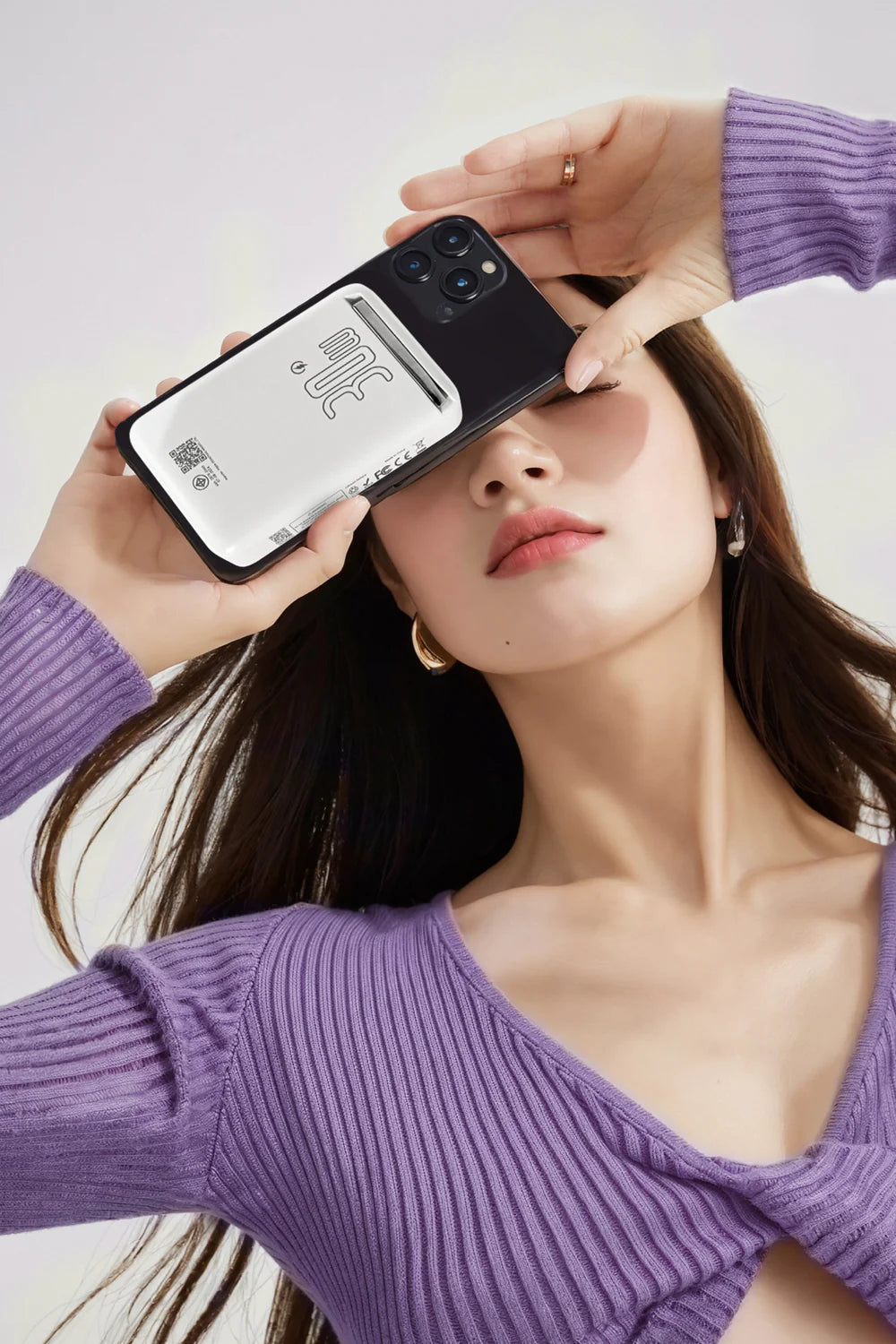
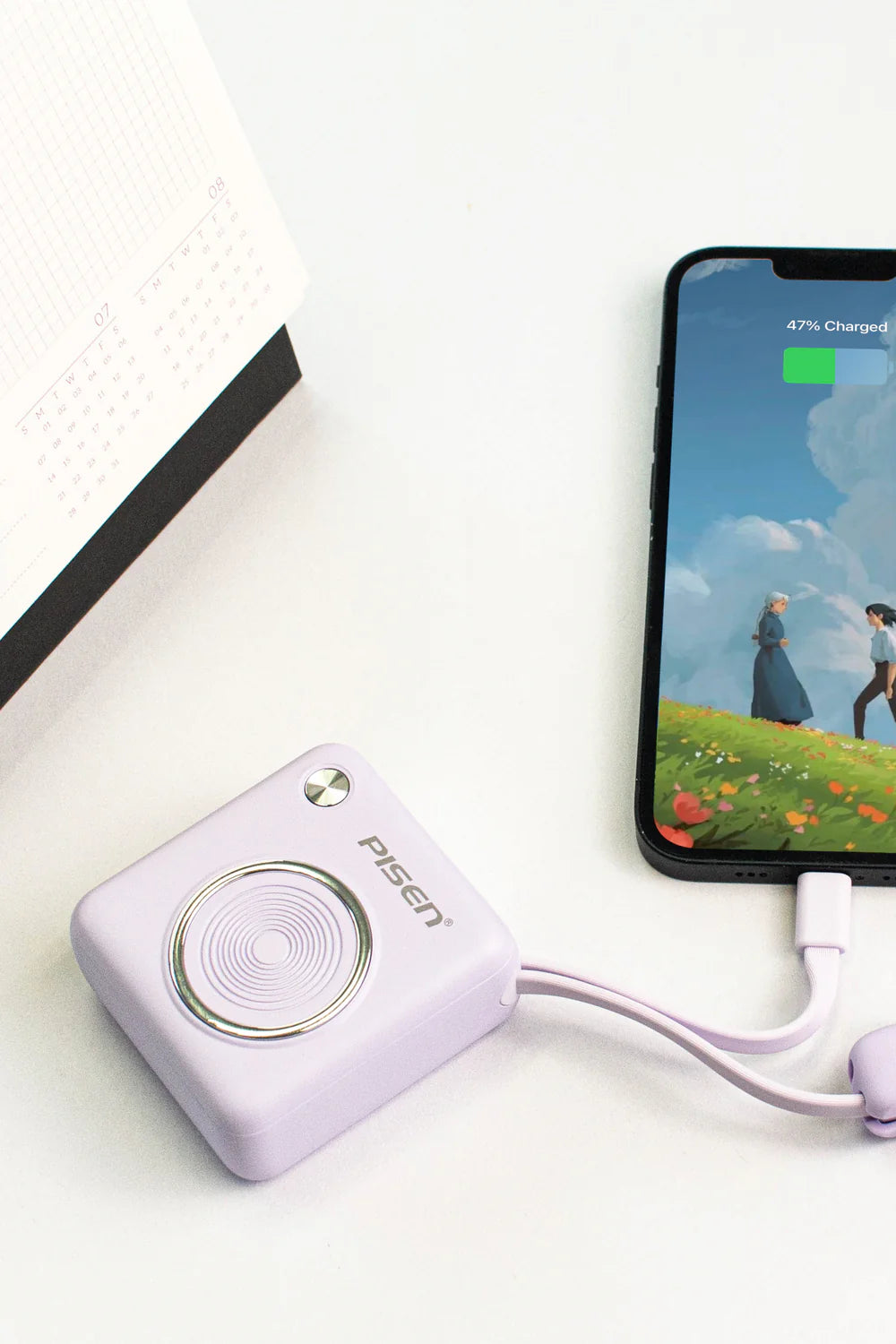
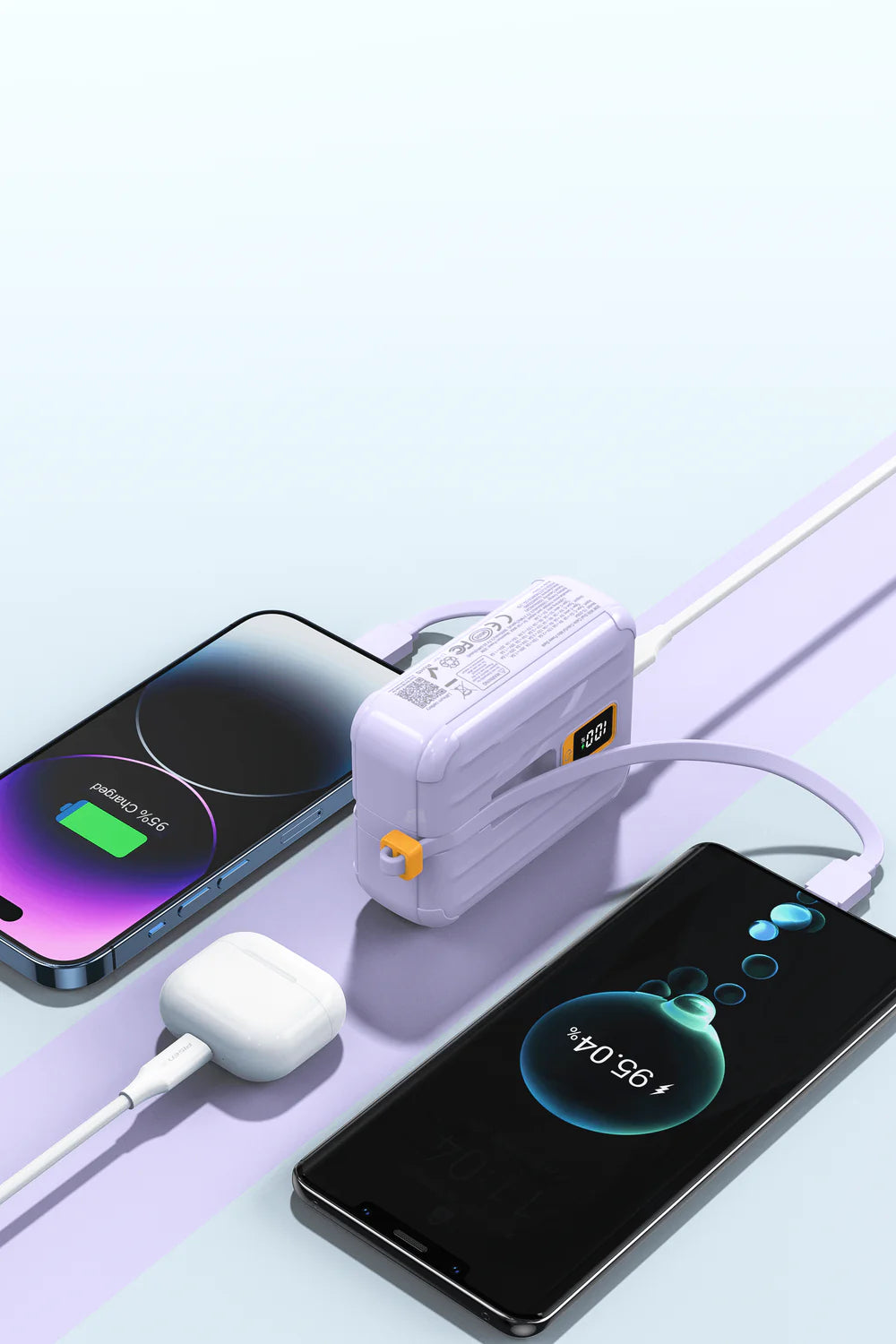
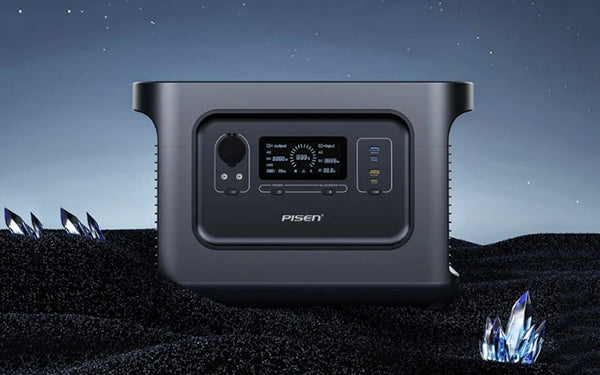
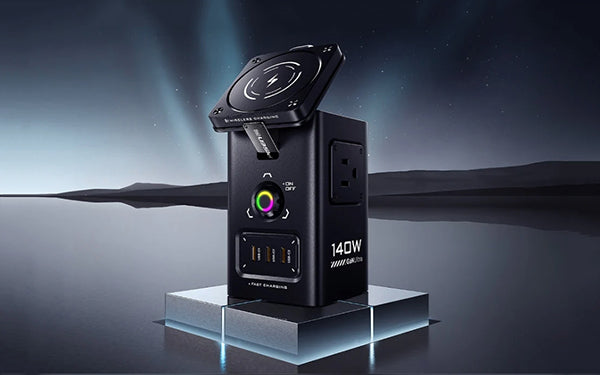
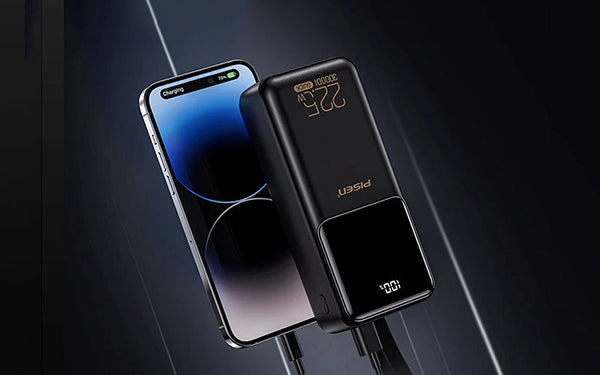
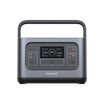
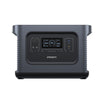
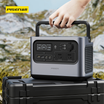
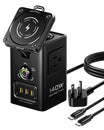
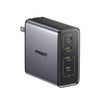
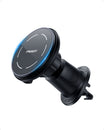
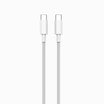
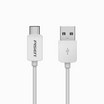
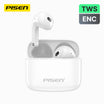
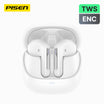
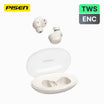
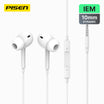
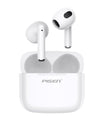
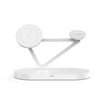
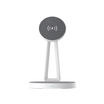
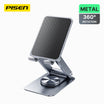
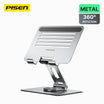
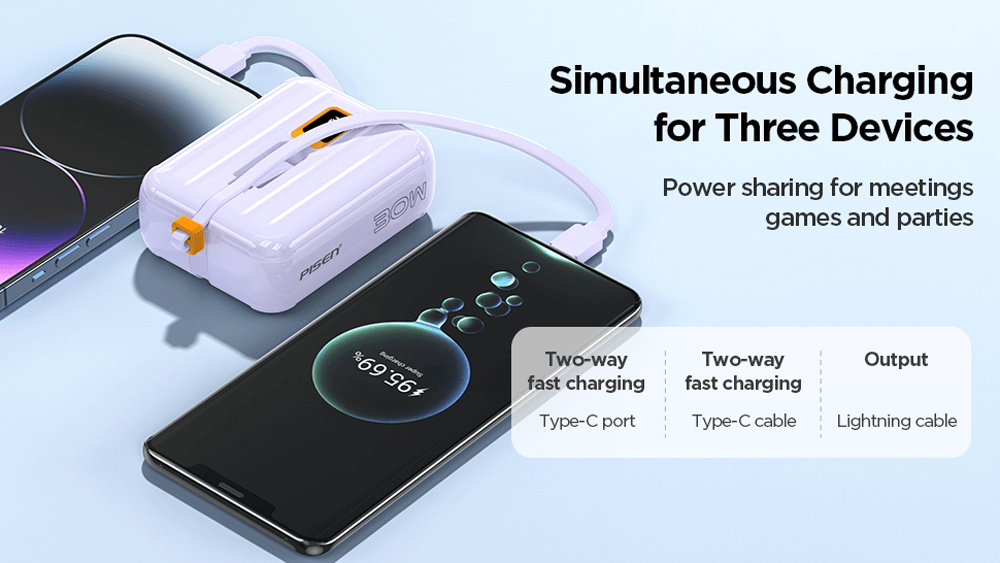
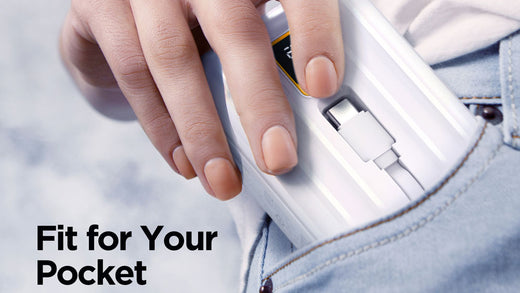
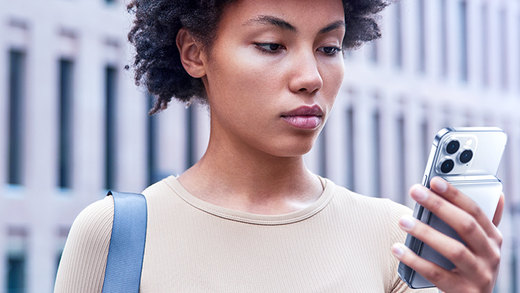
Leave a comment
This site is protected by hCaptcha and the hCaptcha Privacy Policy and Terms of Service apply.